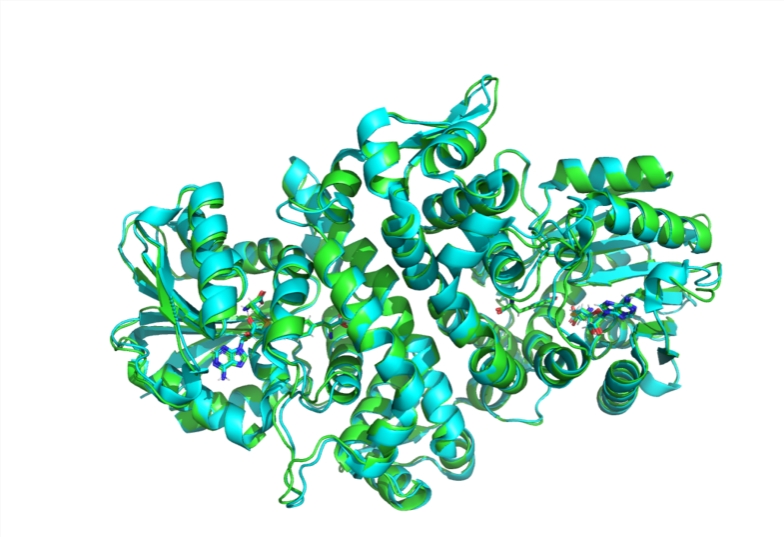Researchers at the Massachusetts Institute of Technology (MIT) released a powerful open source artificial intelligence model called Boltz-1, which reached the same precision as the AlphaFold3 of Google DeepMind in terms of biomolecular structure prediction. This breakthrough progress is expected to accelerate biomedical research and drug development process, providing global researchers with an efficient and easy -to -use tool. The complete open source characteristics of Boltz-1 have broken the closedness of the previous models and encouraged cooperation and innovation globally, which is of profound significance for promoting scientific discovery and technological progress.
Scientists (MIT) scientists (MIT) scientists recently released a powerful open source artificial intelligence model called Boltz-1. This innovation is expected to significantly accelerate biomedical research and drug development.
Boltz-1 is the first completely open source model that can reach the same advanced level as the AlphaFold3 of Google DeepMind in terms of biomolecular structure prediction. The development team of this model comes from the Mit Jameel Machine Learning Health Clinic. It is mainly led by graduate Student Jerry Walvin and Gabriel Corneso. The cooperative team also includes MIT researchers Saro Passaro and electrical engineering Professor of computer science, Reggina Bazley and Tommy Akala.

At the press conference on December 5, Volvad and Corso said that their ultimate goal was to promote global cooperation, accelerate scientific discoveries, and provide a stable platform to promote biomolecular modeling. Coles mentioned that "we hope this can be the starting point of the community" and emphasize that the naming intention of "Boltz-1" instead of "Boltz" is to encourage community participation.
Protein plays a key role in almost all biological processes, and the shape of protein is closely related to its function. Therefore, understanding of the structure of protein is critical to designing new drugs or engineering new proteins. Because the process of folding into a three -dimensional structure of protein long chain amino acids is extremely complicated, accurately predicting that its structure has always been a major challenge facing the scientific interface.
DeepMind's Alphafold2 quickly predicts the 3D protein structure through machine learning, which makes it difficult for experimental scientists to be difficult to distinguish. Alphafold3 was improved on the basis of this and adopted a generative AI model, but because it was not completely open source, it was criticized by the scientific community. Therefore, MIT's research team started to develop Boltz-1, following the basic ideas of Alphafold3, and improved on this basis to improve the accuracy and predictive efficiency of the model.
The research team took four months and conducted many experiments to overcome the fuzzy and heterogeneous problems encountered in protein data banks. In the end, their experiments showed that Boltz-1 reached the same accuracy as Alphafold3 in the prediction of complex biomolecular structure.
Researchers plan to continue to improve the performance of Boltz-1 and shorten the forecast time. They also invited researchers to try Boltz-1 on GitHub and communicate with other users via SLACK channel. The research team hopes that Boltz-1 can promote wider cooperation and stimulate the creative application of the community.
Project: https://jclinic.mit.edu/democratizing-science-boltz 1/
Points:
Boltz-1 is the first fully open source biomolecular structure prediction model, which achieves the same performance as Alphafold3.
The development of this model aims to promote global cooperation and promote biomedical research and drug development.
The MIT team hopes to simplify protein structure predictions through Boltz-1, so that more researchers can use this powerful tool.
The open source characteristics of Boltz-1 will undoubtedly accelerate the pace of global biomedical research and bring new hope to disease treatment and drug development. The MIT team's efforts have set a good example for the scientific community, and also provide new directions and possibilities for future AI technology in the application of life sciences. Looking forward to Boltz-1 to make greater contributions to human health.